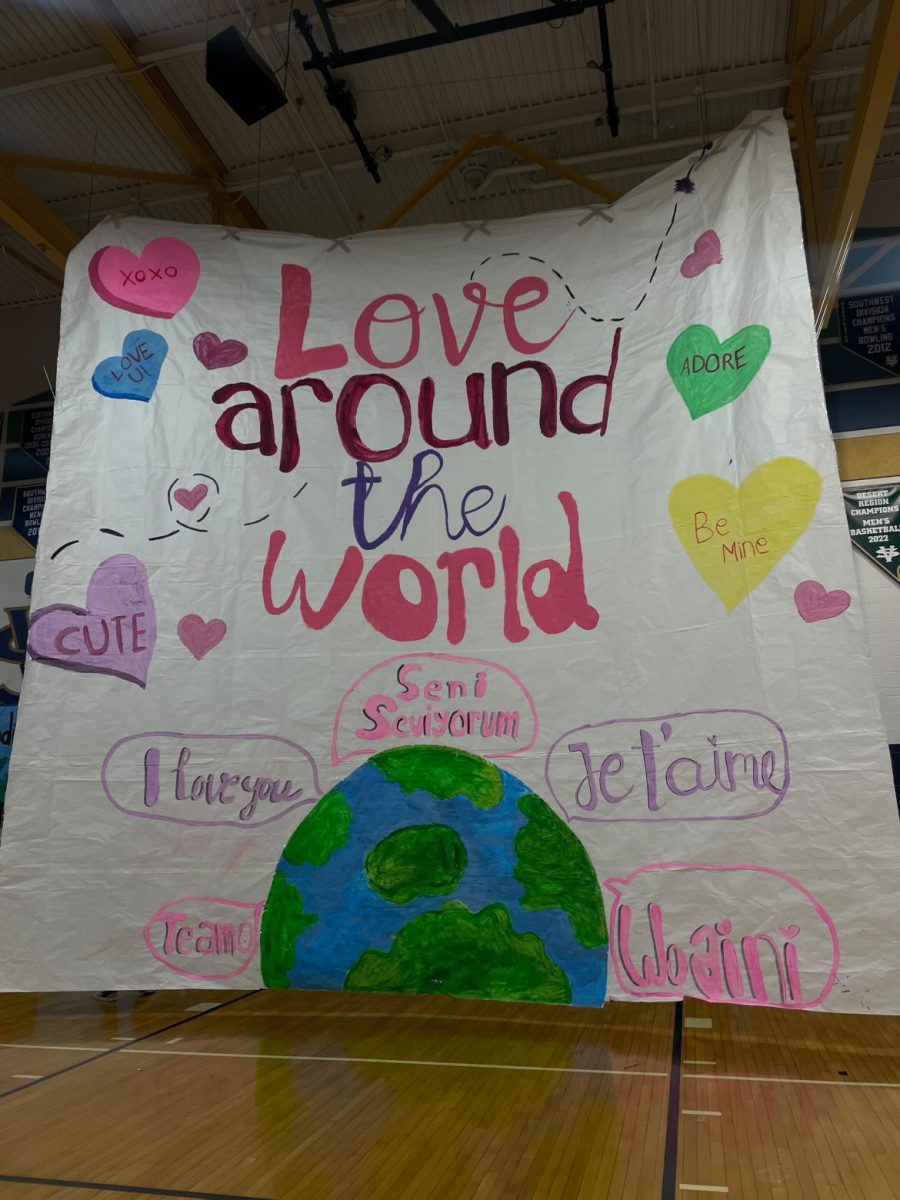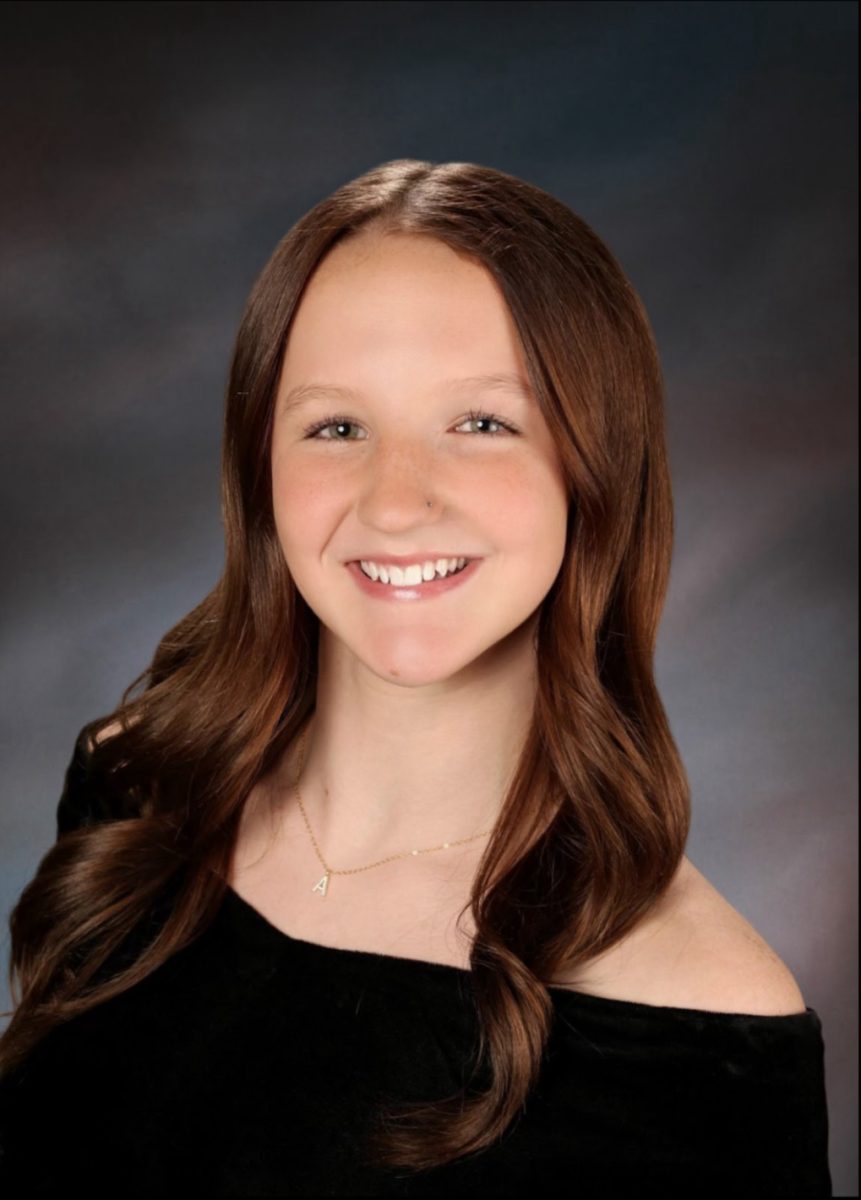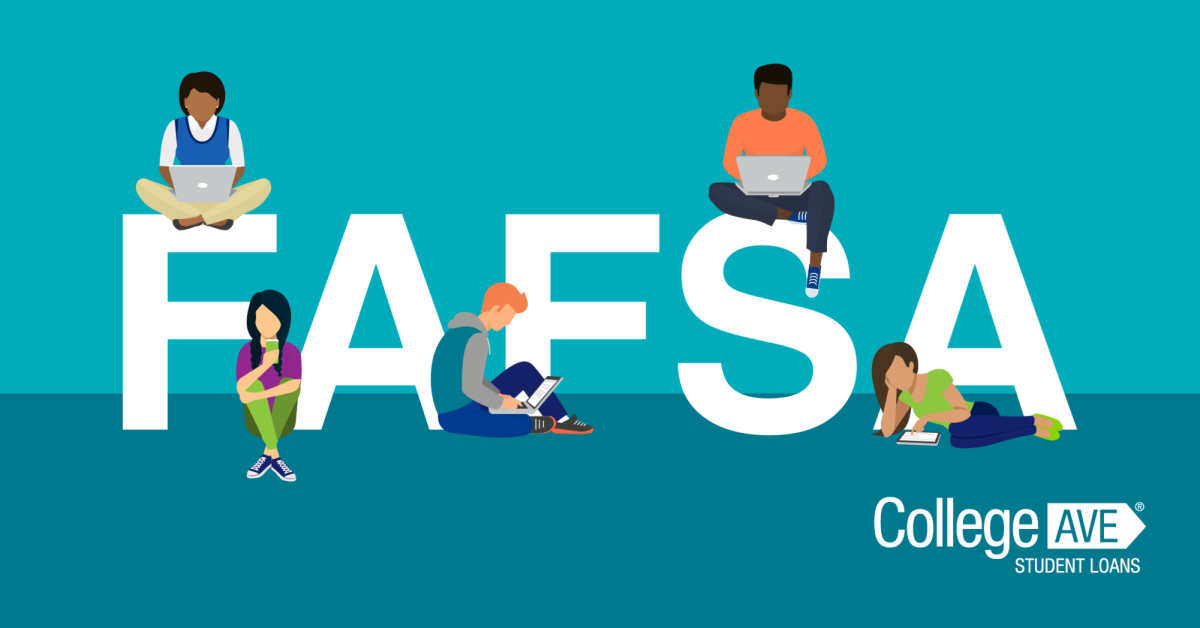Teachers and students discussed their distance learning experiences at an online round table discussion. on Sept. 23. Spring Valley’s International Baccalaureate coordinator, Anthony Gebbia, moderated this discussion between each teacher department head and students who were nominated to represent the entirety of Spring Valley’s student body. In addition to the panel, the club Safe Space and Solutions was created to improve the challenges both teachers and students face with distance learning.
Overall, members of the discussion determined that the pros to online learning for teachers and students relate to better organization skills and flexibility when it comes to their daily agenda.
In particular, many teachers found one benefit of online learning to be an improvement in individual conversations with students.
“So even though the class sizes haven’t shrunk in as far as quantity, the quality of conversation is different because it’s more of an individualized conversation,” said Eric Stakely, the department head of the Career and Technical department.
Contrarily, many students have found online learning to be a hindrance to social relationships.
“I would say that the biggest challenge that I have encountered is just losing that sense of community that we could foster with in-person schooling.” IB senior Dominic Folkes said. “One of the sad things that I’ve noticed in the past week is that I can hardly remember the people who are actually in my class. I have to frequently go back to the people section of Canvas to see who I can message for help and resources.”
Also, the extended amount of time spent on technology causes numerous physical and mental harmful effects.
“It’s not just students that are dealing with [mental health],” said Anthony Coffield, the performing arts department chair. “It’s the adults too, and especially the adults that are cooped up in their house alone the entire day.”
Safe Space and Solutions, was established to focus on similar challenges discussed in the round table panel. After the bumpy start with Canvas, a team of administrators set up a meeting to understand the challenges students and teachers were facing with online learning. A select group came together to give feedback.
“We’re always trying to find ways that we can help assist students with the social, emotional aspect, you know,” Counselor John Tyler said. “So much is devoted to academics, college, attendance, things like that, so socially emotional oftentimes gets kind of pushed to the background. So we’ve always kind of struggled with trying to find an avenue, an appropriate place and time to allow you guys to talk and reach out to [us].”
Along with discussing the academic challenges faced with online learning, students gave feedback on the effectiveness of the weekly wellness checks, which alert counselors to students who need to speak to someone about their “mental well being.”
Originally, if students needed to reach out to their counselors, it would have to be through the weekly wellness checks or their limited office hours. While these wellness checks provide outreach, many students did not see it as that helpful.
“[Safe Space and Solutions] gives people an option because, before there was no one to turn to except for maybe the wellness checks or your teachers, but your teachers are pretty much already overwhelmed, and the wellness checks didn’t really do anything,” Megan Magallones, an IB sophomore, said. “So I think it’s really nice that students, if they’re truly feeling desperate, they can reach out to these certain groups and find a solution so you don’t have to suffer in silence.”
The counselor’s office is arranging for meetings to start around late September or early October, after the foundation for the club has been created. When finally launched, Safe Space and Solutions will be a place for students to discuss their problems and provide aid.
“This is a place where the student is heard first,” said Gregory Stack, the Activity Administrator. “It doesn’t happen in your household because your parents make those decisions. It doesn’t happen … in your classroom to teachers, and it doesn’t happen in this advisors group because the advisors usually are the final say so. But this is a place where safely and securely students seem to be the driving force for the entire development of this program.”










